The quest to define the greatest films of all time is an enduring and multifaceted endeavor. It transcends mere entertainment and delves into the realm of art, storytelling, and cultural impact. Films that earn this distinction are not merely visually stimulating; they provoke thought, evoke emotions, and leave an indelible mark on the human experience. Their enduring power lies in their ability to transcend time, resonating with audiences across generations through their compelling narratives, masterful execution, and timeless themes. This exploration seeks to shed light on some of cinema’s most cherished masterpieces, analyzing their profound influence on the art form and their lasting impact on society.
Citizen Kane (1941)
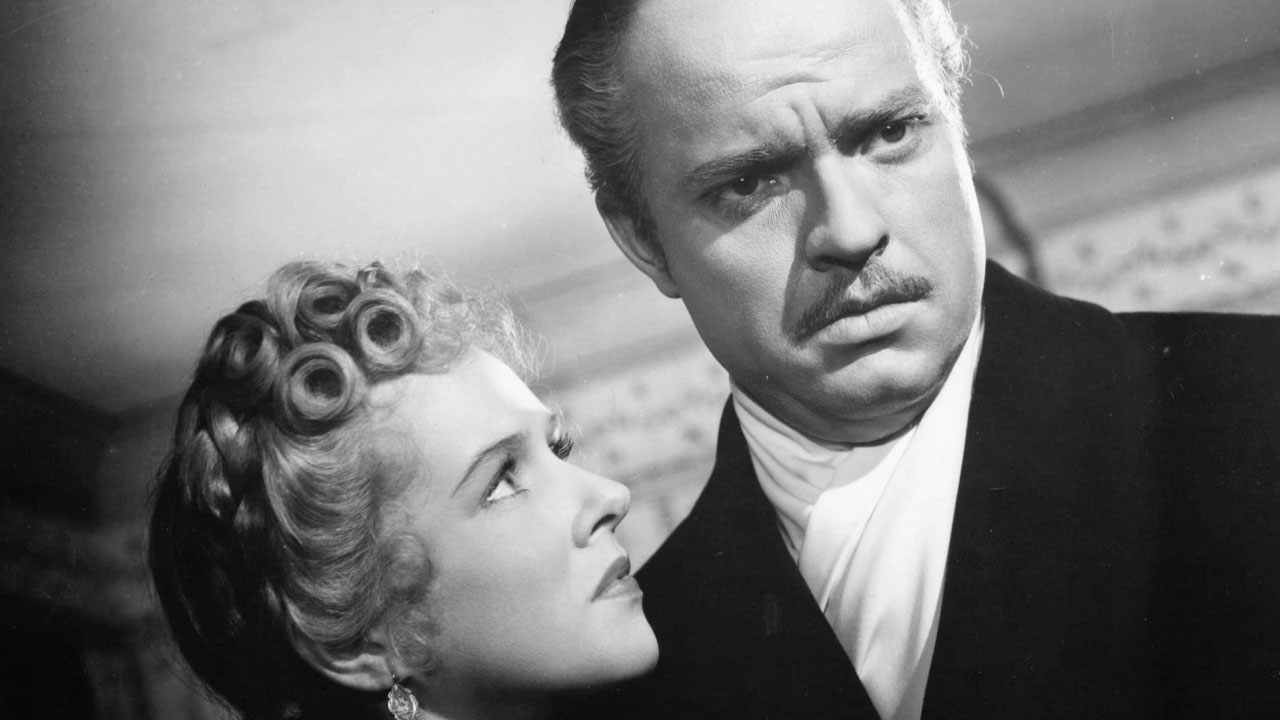
Plot Summary
Citizen Kane is considered by many to be the greatest film ever made. Directed by Orson Welles at the tender age of 25, it tells the story of Charles Foster Kane, a powerful newspaper magnate, through the lens of a newsreel investigation following his death. The film uses innovative cinematic techniques, including flashbacks and a non-linear narrative structure, to explore Kane’s life from childhood to his complex and ultimately tragic end. We witness his rise to power, his ambition, his love affairs, and his ultimate isolation, leaving the audience to ponder the true meaning of wealth, success, and happiness.
Impact on Cinema
Citizen Kane revolutionized filmmaking, introducing a range of technical innovations that continue to influence cinema today. Its innovative use of deep focus, long takes, and dynamic camera movements created a fluidity and realism previously unseen. The film’s masterful use of sound, including its groundbreaking use of overlapping dialogue, contributed to a sense of immediacy and realism. Moreover, its exploration of themes like ambition, power, and the search for meaning resonated with audiences across generations. Citizen Kane is not only a technical marvel but also a powerful reflection of the human condition.
Awards and Recognition
Although Citizen Kane received only one Academy Award (for Best Original Screenplay), it garnered critical acclaim and widespread recognition. Its influence on subsequent generations of filmmakers is undeniable, and its place at the summit of greatest films of all time lists is testament to its enduring impact.
The Godfather (1972)
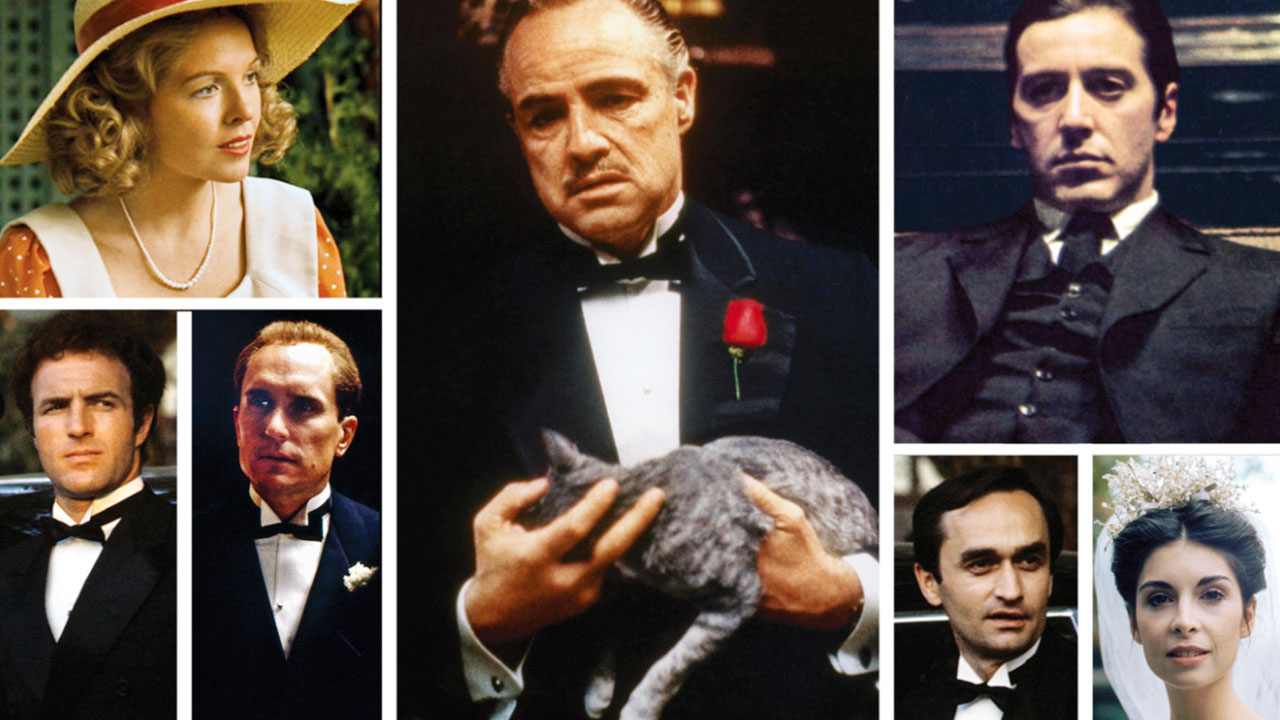
A Cinematic Masterpiece of Epic Proportions
Francis Ford Coppola’s “The Godfather” is a cinematic tour de force, a sweeping crime saga that transcends the genre and stands as a timeless exploration of family, power, and the human condition. Based on Mario Puzo’s bestselling novel, the film chronicles the rise and fall of the Corleone family, one of the most powerful crime families in New York.
Unforgettable Performances
At the heart of “The Godfather” are its unforgettable performances, led by Marlon Brando’s iconic portrayal of Vito Corleone, the patriarch of the Corleone family. Brando’s commanding presence and understated delivery elevated the character to mythic proportions, while Al Pacino’s breakout performance as Michael Corleone, the reluctant heir to the family empire, is a masterclass in subtle transformation and moral ambiguity.
A Sprawling Epic of Family and Loyalty
Beyond its gripping plot and memorable characters, “The Godfather” is a profound exploration of family, loyalty, and the corrupting influence of power. The film’s meticulous attention to detail, from the rich production design to the haunting score by Nino Rota, creates an immersive world that draws viewers into the complex web of relationships and moral compromises that define the Corleone legacy.
Casablanca (1942)

A Timeless Romantic Drama
“Casablanca,” directed by Michael Curtiz, is a cinematic masterpiece that has stood the test of time, captivating audiences with its timeless romantic story and unforgettable characters. Set against the backdrop of World War II, the film follows Rick Blaine (Humphrey Bogart), a cynical American expatriate running a nightclub in Casablanca, whose life is turned upside down by the arrival of his former lover, Ilsa Lund (Ingrid Bergman).
Iconic Performances and Unforgettable Dialogue
“Casablanca” is a treasure trove of iconic moments and unforgettable dialogue, from Bogart’s famous “Here’s looking at you, kid” to the heartbreaking farewell scene at the airport. Humphrey Bogart and Ingrid Bergman’s electric chemistry and nuanced performances elevate the film’s romantic storyline, making their characters’ struggle between love and duty all the more poignant and compelling.
A Timeless Tale of Love, Sacrifice, and Moral Choices
Beyond its romantic plot, “Casablanca” is a powerful commentary on the complexities of human nature, the sacrifices we make for love, and the moral choices we face in times of adversity. The film’s exploration of themes such as loyalty, patriotism, and the greater good resonates with audiences across generations, making it a timeless classic that continues to inspire and captivate.
Singin’ in the Rain (1952)
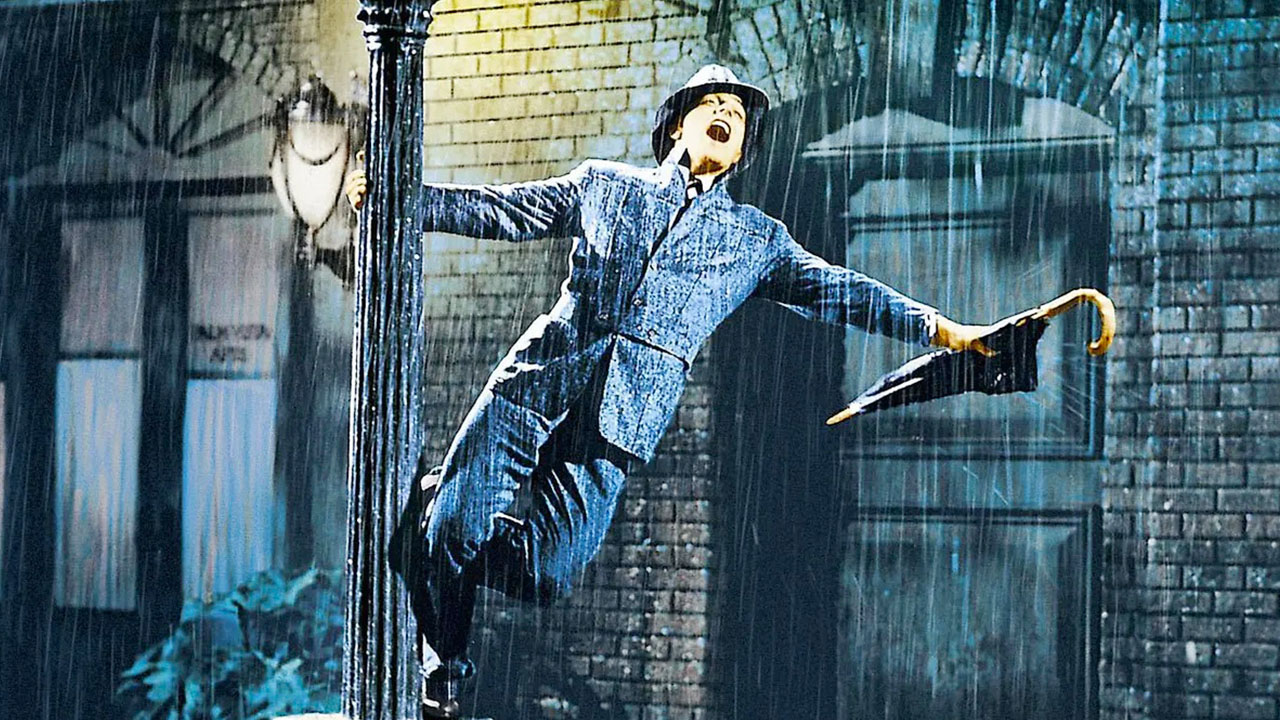
A Joyous Celebration of Hollywood Musicals
“Singin’ in the Rain” is a vibrant and infectious musical comedy that pays homage to the golden age of Hollywood while offering a delightful and entertaining look at the transition from silent films to talkies. Directed by Gene Kelly and Stanley Donen, the film follows the fortunes of Don Lockwood (Gene Kelly), a popular silent film star struggling to adapt to the new era of sound.
Unforgettable Musical Numbers and Performances
At the heart of “Singin’ in the Rain” are its unforgettable musical numbers, including the iconic title sequence in which Gene Kelly dances and sings joyfully in the rain. Kelly’s electrifying performance, combined with the talents of co-stars Debbie Reynolds and Donald O’Connor, create a magical and unforgettable cinematic experience that celebrates the art of dance and the sheer joy of performance.
A Nostalgic Homage to Hollywood’s Past
Beyond its infectious musical numbers and comedic storyline, “Singin’ in the Rain” is a nostalgic homage to the golden age of Hollywood and the resilience of artists in the face of technological change. The film’s witty screenplay and affectionate portrayal of the challenges faced by the film industry during the transition to sound capture the spirit of innovation and adaptability that has defined Hollywood throughout its history.
Gone with the Wind (1939)
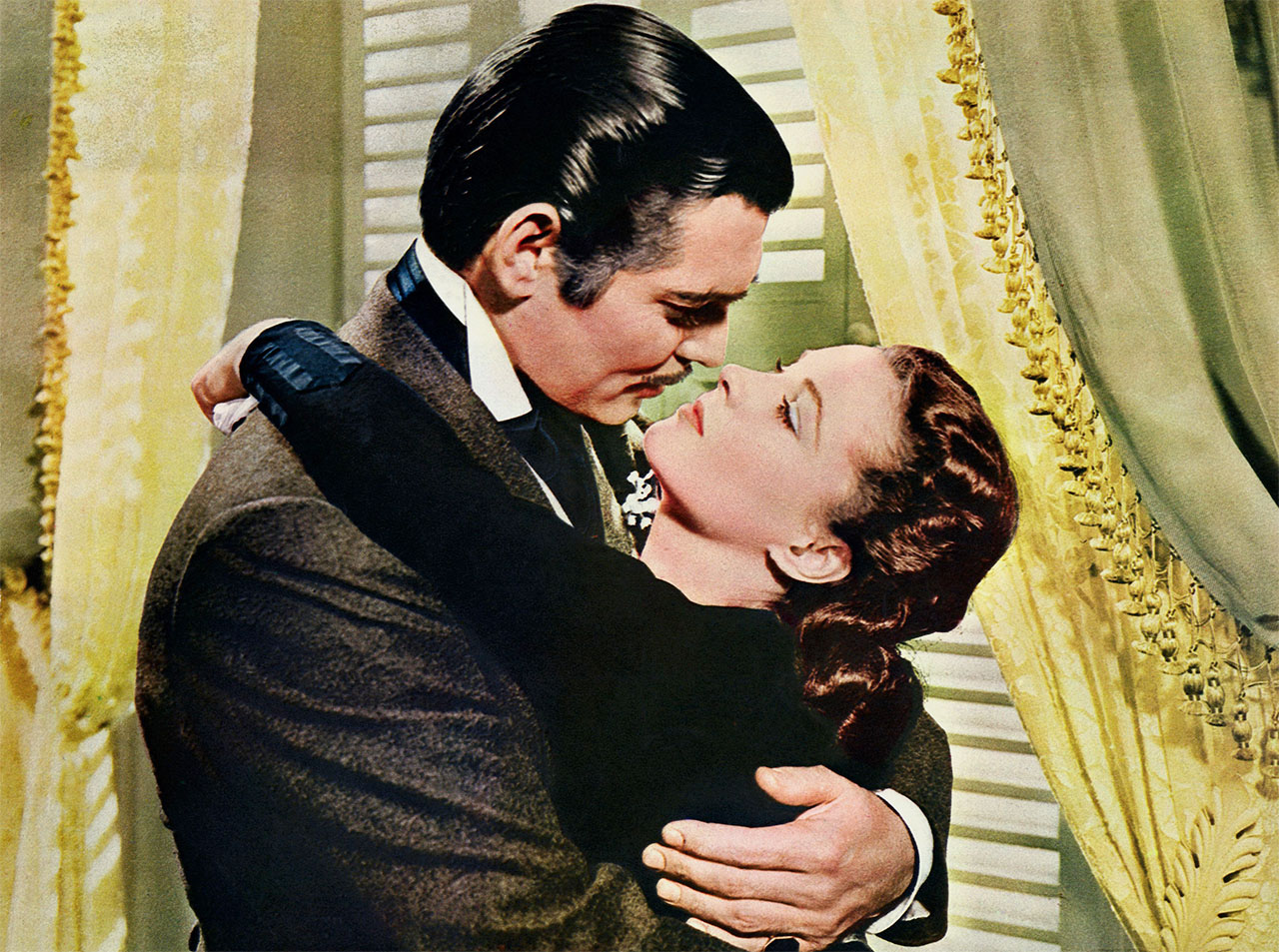
An Epic Historical Drama of Sweeping Proportions
“Gone with the Wind,” based on Margaret Mitchell’s Pulitzer Prize-winning novel, is a cinematic epic of grand proportions, transporting viewers to the American South during the Civil War and Reconstruction eras. Starring Clark Gable and Vivien Leigh as the unforgettable Rhett Butler and Scarlett O’Hara, the film is a sweeping tale of romance, resilience, and the enduring legacy of a nation torn apart by war.
Lavish Production Values and Unforgettable Performances
“Gone with the Wind” is a visual feast, with its lavish sets, intricate costumes, and breathtaking cinematography capturing the grandeur and opulence of the antebellum South. Vivien Leigh’s electrifying performance as the strong-willed and determined Scarlett O’Hara is a tour de force, while Clark Gable’s charismatic portrayal of Rhett Butler has become an icon of Hollywood masculinity.
A Poignant Exploration of Love, Loss, and Resilience
Beyond its sweeping romance and historical scope, “Gone with the Wind” is a poignant exploration of love, loss, and the resilience of the human spirit in the face of adversity. The film’s unflinching portrayal of the devastation of war and the struggles of Reconstruction era shed light on a pivotal moment in American history, while Scarlett O’Hara’s indomitable spirit and determination to survive serve as a powerful metaphor for the enduring strength of the human spirit.
The Wizard of Oz (1939)
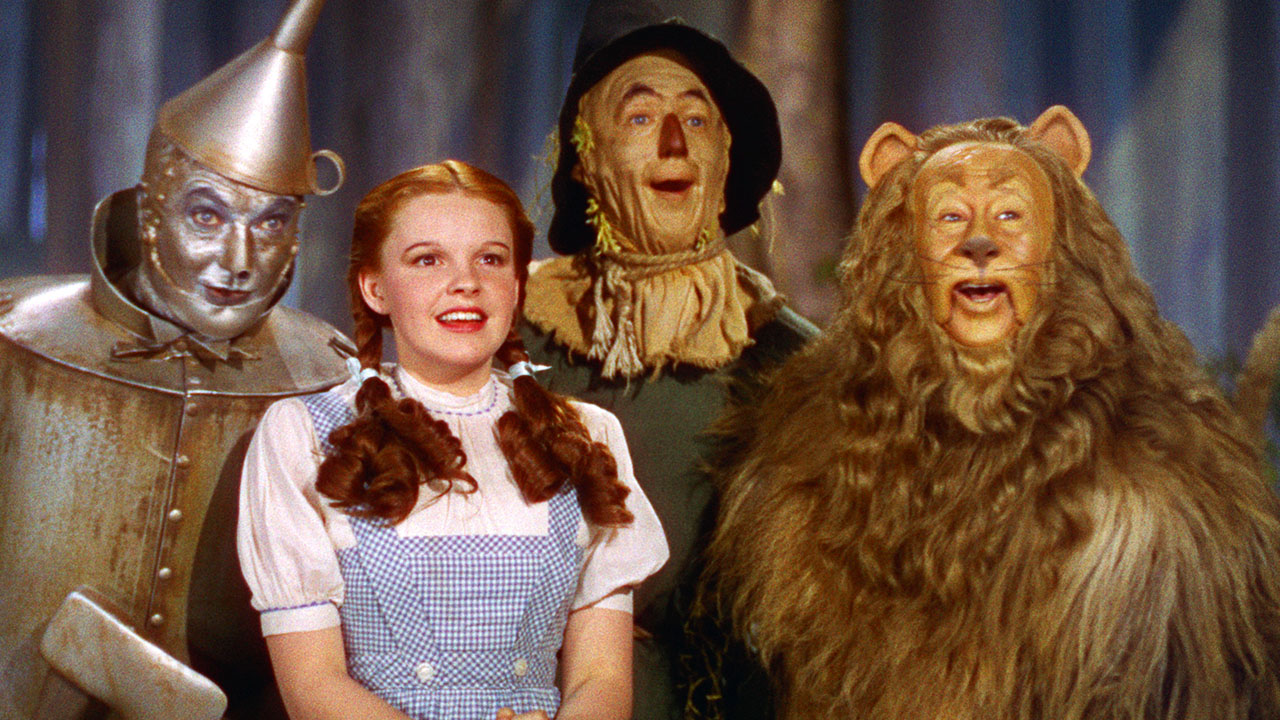
A Timeless Fantasy Adventure
“The Wizard of Oz,” based on L. Frank Baum’s beloved children’s novel, is a timeless classic that has captured the hearts and imaginations of generations of viewers. Directed by Victor Fleming, the film follows the adventures of Dorothy (Judy Garland), a young girl who is transported from her home in Kansas to the magical land of Oz, where she embarks on a journey of self-discovery and friendship.
Groundbreaking Visual Effects and Iconic Musical Numbers
“The Wizard of Oz” is a visual masterpiece, with its groundbreaking use of Technicolor and special effects that transport viewers to the fantastical world of Oz. The film’s iconic musical numbers, including “Over the Rainbow” and “We’re Off to See the Wizard,” have become ingrained in popular culture, showcasing Judy Garland’s incredible vocal talents and the film’s enduring legacy as a musical masterpiece.
Enduring Themes of Friendship, Courage, and Home
At its core, “The Wizard of Oz” is a timeless tale of friendship, courage, and the search for home, resonating with audiences of all ages through its universal themes and heartfelt storytelling. Dorothy’s journey to find her way back to Kansas, accompanied by her loyal companions—the Scarecrow, the Tin Man, and the Cowardly Lion—celebrates the power of friendship and the importance of staying true to oneself in the face of adversity.
A Technicolor Spectacle with Lasting Impact
“The Wizard of Oz” continues to captivate audiences with its vibrant Technicolor palette, imaginative storytelling, and memorable characters that have become cultural touchstones. From the iconic ruby slippers to the menacing Wicked Witch of the West, the film’s visual imagery and emotional depth have solidified its status as a cinematic treasure that remains as enchanting and relevant today as it was upon its original release.
Psycho (1960)
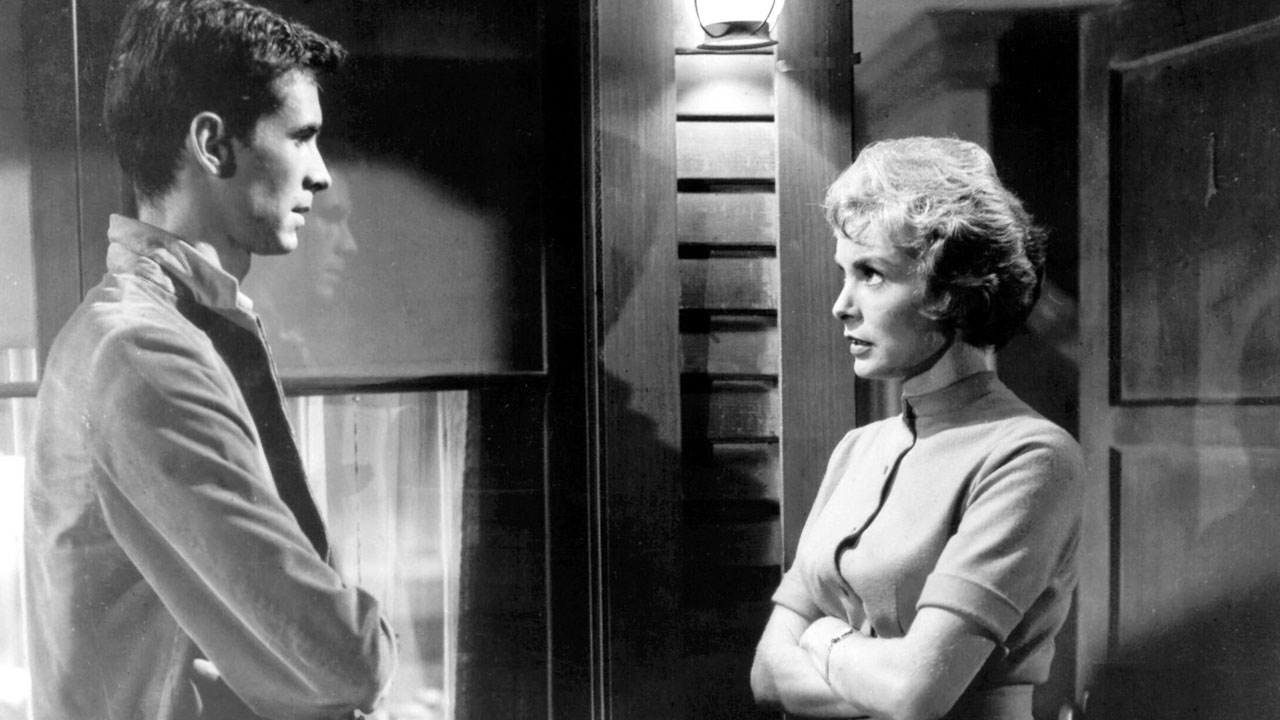
A Trailblazing Masterpiece of Suspense
Alfred Hitchcock’s “Psycho” is a trailblazing masterpiece of suspense and psychological horror that redefined the thriller genre and shocked audiences with its daring narrative twists and groundbreaking cinematic techniques. Starring Janet Leigh as Marion Crane, a young woman on the run who finds herself at the eerie Bates Motel, the film’s chilling atmosphere and iconic shower scene have left an indelible mark on the history of cinema.
Iconic Characters and Unforgettable Moments
“Psycho” is renowned for its iconic characters, including Norman Bates (Anthony Perkins), the enigmatic proprietor of the Bates Motel whose sinister secrets unravel with spine-tingling intensity. The film’s shocking plot twists and unforgettable moments, such as the infamous shower scene and the revelation of Norman’s dual personality, continue to captivate and terrify audiences, cementing “Psycho” as a timeless classic of suspense and intrigue.
Psychological Depth and Narrative Innovation
Beyond its surface thrills and suspenseful set pieces, “Psycho” delves into profound themes of identity, obsession, and the dark recesses of the human psyche, challenging viewers to confront their deepest fears and assumptions about good and evil. Hitchcock’s masterful direction and Bernard Herrmann’s haunting score create a palpable sense of dread and unease, immersing audiences in a psychological labyrinth of mystery and suspense that culminates in a shocking and unforgettable climax.
One Hundred and One Dalmatians (1961)
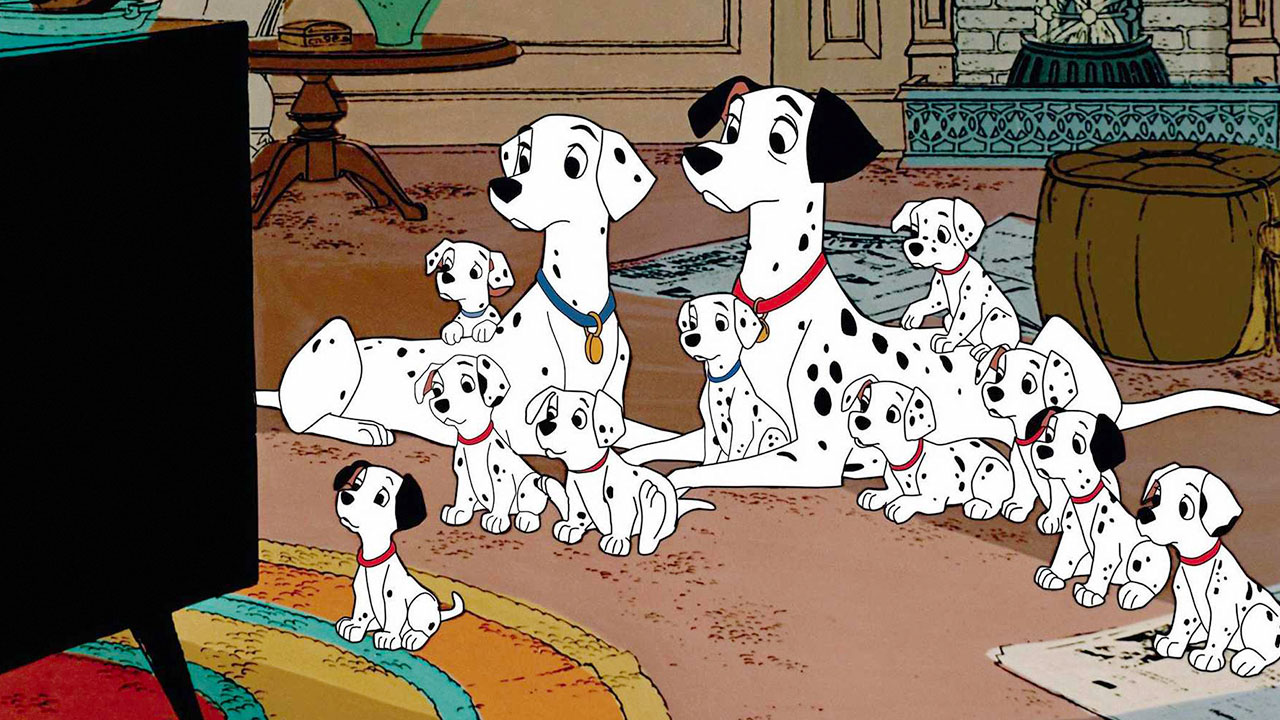
A Charming and Endearing Animated Classic
Walt Disney’s “One Hundred and One Dalmatians” is a charming and endearing animated classic that has delighted audiences of all ages with its heartwarming story, lovable characters, and timeless appeal. Based on Dodie Smith’s novel, the film follows the adventures of Pongo and Perdita, two dalmatians who embark on a daring rescue mission to save their puppies from the clutches of the villainous Cruella de Vil.
Memorable Characters and Humorous Hijinks
“One Hundred and One Dalmatians” is beloved for its memorable characters, including the plucky Pongo, the devoted Perdita, and the delightfully wicked Cruella de Vil, whose outrageous fashion sense and dastardly schemes make her a memorable Disney villain. The film’s lighthearted humor, playful animation, and heartwarming message of family and bravery have endeared it to generations of viewers, making it a timeless classic in the Disney animated canon.
Timeless Themes of Family, Courage, and Adventure
At its heart, “One Hundred and One Dalmatians” is a heartwarming tale of family, courage, and the bonds that unite us in times of adversity. Pongo and Perdita’s unwavering love for their puppies, coupled with the support of their animal friends in the face of danger, exemplifies the power of unity and determination in overcoming obstacles and protecting those we hold dear. The film’s message of loyalty, bravery, and the triumph of good over evil continues to resonate with audiences, making it a cherished favorite in the pantheon of Disney classics.
It’s a Wonderful Life (1946)
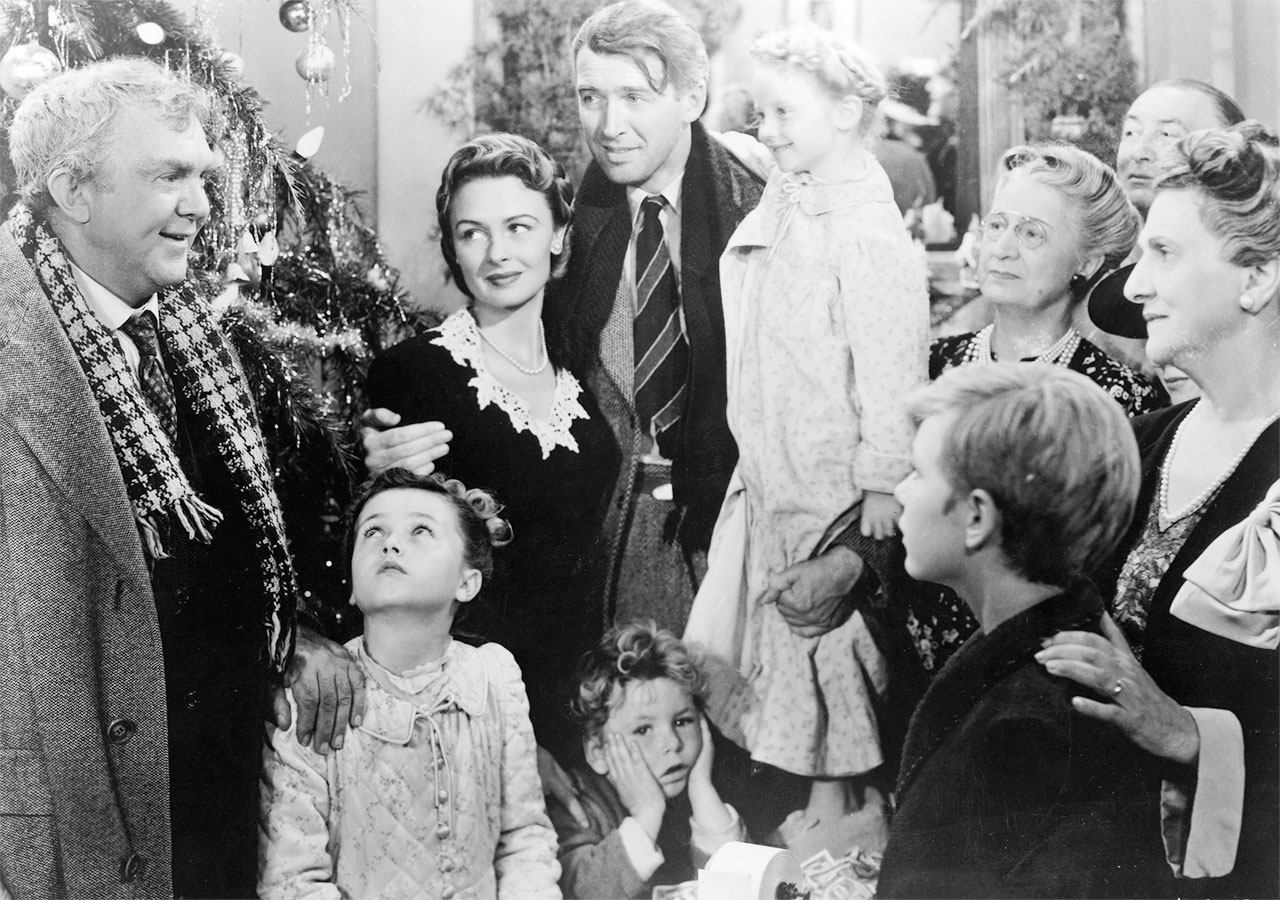
A Timeless Holiday Classic with Heartwarming Themes
“It’s a Wonderful Life,” directed by Frank Capra, is a timeless holiday classic that has captured the hearts of audiences around the world with its poignant message of hope, redemption, and the impact of one person’s life on others. Starring James Stewart as George Bailey, a small-town banker on the brink of despair, the film follows his transformative journey guided by a guardian angel named Clarence, who shows him the true value of his existence.
Enduring Performances and Emotional Resonance
“It’s a Wonderful Life” is celebrated for its enduring performances, particularly James Stewart’s heartfelt portrayal of George Bailey, a man whose selflessness and compassion touch the lives of everyone around him. The film’s emotional resonance and timeless themes of sacrifice, community, and the power of human connection have made it a perennial favorite during the holiday season, inspiring generations with its message of gratitude and the importance of cherishing the simple joys of life.
A Testament to the Power of Kindness and Generosity
At its core, “It’s a Wonderful Life” is a testament to the power of kindness, generosity, and the profound impact that each individual can have on the world around them. George Bailey’s selfless acts of compassion and his unwavering dedication to his family and community serve as a powerful reminder of the transformative power of empathy and the ripple effects of goodwill, resonating with audiences of all ages and backgrounds as a timeless parable of hope and redemption.
Conclusion
In conclusion, the films highlighted in this article represent a diverse array of cinematic masterpieces that have left an indelible mark on the history of cinema and continue to captivate audiences with their timeless stories, unforgettable characters, and enduring themes. From the groundbreaking narrative innovations of “Citizen Kane” and “Psycho” to the sweeping historical epics of “Gone with the Wind” and “Schindler’s List,” each film offers a unique perspective on the human experience and challenges viewers to reflect on the complexities of life, love, and morality.
Whether through the joyous celebration of Hollywood’s golden age in “Singin’ in the Rain” and “The Sound of Music” or the gripping suspense of “The Silence of the Lambs” and “The Dark Knight,” these films showcase the boundless creativity and emotional depth of the cinematic medium, inviting audiences to immerse themselves in worlds both familiar and fantastical, poignant and profound.
As we revisit these timeless classics and discover new favorites among contemporary gems like “The Shawshank Redemption” and “The Dark Knight,” we are reminded of the enduring power of storytelling to inspire, provoke thought, and evoke emotion. In an ever-changing world, these films stand as beacons of artistic excellence and cultural significance, inviting us to explore the depths of human experience and celebrate the transformative magic of cinema.



